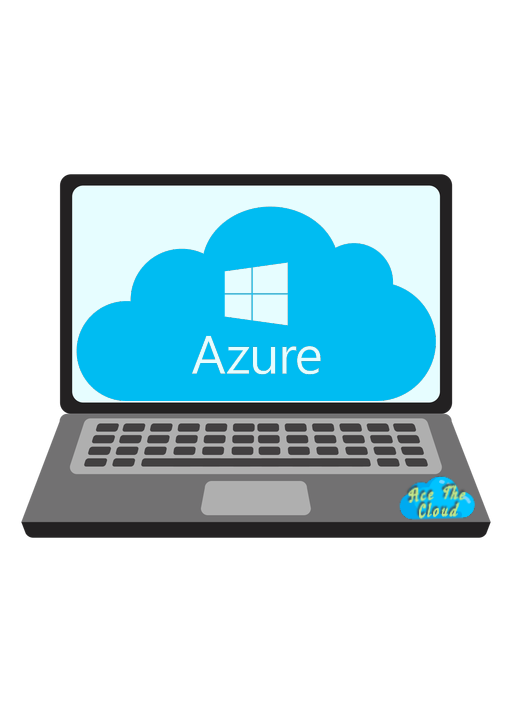



As a cloud developer, it is inevitable that you will encounter bugs and issues in your production environment. Debugging these issues can be a daunting task, especially if you are not familiar with the tools and techniques available in Azure Cloud. In this article, we will provide a comprehensive guide to debugging in Azure Cloud, including best practices, tools, and code examples. 💻
Before diving into debugging techniques, it is important to understand the different types of issues that can arise in a production environment. These can range from simple syntax errors 🤔 to more complex issues such as memory leaks or performance issues. Depending on the type of issue, different tools and approaches may be required for debugging.
One of the most useful tools for debugging in Azure Cloud is the Azure Portal. This web-based portal provides a wide range of tools and features for debugging and diagnosing issues in your Azure resources. Some of the key features of the Azure Portal include:
Log analytics : The Azure Portal provides a powerful log analytics tool that allows you to search and analyze log data from your Azure resources. This can be useful for identifying errors or performance issues in your code. 🔍
Metrics : The Azure Portal also provides a range of metrics and charts that can help you understand the performance of your Azure resources. These metrics can be useful for identifying performance bottlenecks or identifying trends in your code. 📈
Debug console : The Azure Portal also includes a debug console that allows you to execute commands and scripts directly against your Azure resources. This can be useful for testing code changes or performing quick troubleshooting tasks. 💻
In addition to the Azure Portal, there are a number of other tools and techniques that can be useful for debugging in Azure Cloud. These include:
Remote debugging : Azure Cloud allows you to remotely debug your code using a variety of tools, such as Visual Studio and Visual Studio Code. This can be useful for debugging issues in a live production environment without having to deploy code changes.
Application Insights : Azure Cloud includes a powerful performance monitoring and diagnostics tool called Application Insights. This tool allows you to track performance, exceptions, and other issues in your code. 📈
Profiling : Azure Cloud also includes a number of profiling tools that can help you understand the performance of your code. These tools can be useful for identifying performance bottlenecks or identifying areas of your code that may be causing issues.
Now that we have covered some of the tools and techniques available for debugging in Azure Cloud, let’s look at a code example. Suppose you are experiencing an issue with a function in your Azure resource, and you want to debug the function to understand what is causing the issue. Here is an example of how you might approach this problem using the Azure Portal and the debug console:
First, navigate to the Azure Portal and select your Azure resource. 💻
Click on the “Logs” tab in the left-hand menu and select the log data for the function you want to debug. 🔍
Use the log analytics tool to search for errors or performance issues in the function. 💻
If you find an error, you can use the debug console to execute commands and scripts directly against your Azure resource. For example, you might run a script to print out the variables or state of the function at the point of the error. 🔍
If you are unable to identify the issue using the log analytics tool, you can use the Application Insights tool to track performance, exceptions, and other issues in your code. 📈
If you are still unable to identify the issue, you can use profiling tools to understand the performance of your code. This can be helpful in identifying performance bottlenecks or identifying areas of your code that may be causing issues.
If you are still unable to identify the issue, you can try using remote debugging tools such as Visual Studio or Visual Studio Code to debug the function in a live production environment. This can be useful for identifying issues that may be difficult to reproduce locally.
In conclusion, debugging in Azure Cloud can be a complex and challenging task, but with the right tools and techniques, it is possible to identify and resolve issues in your production environment. Whether you are using the Azure Portal, remote debugging tools, or performance monitoring tools, it is important to approach debugging in a systematic and methodical way in order to quickly and effectively resolve issues. 💻
